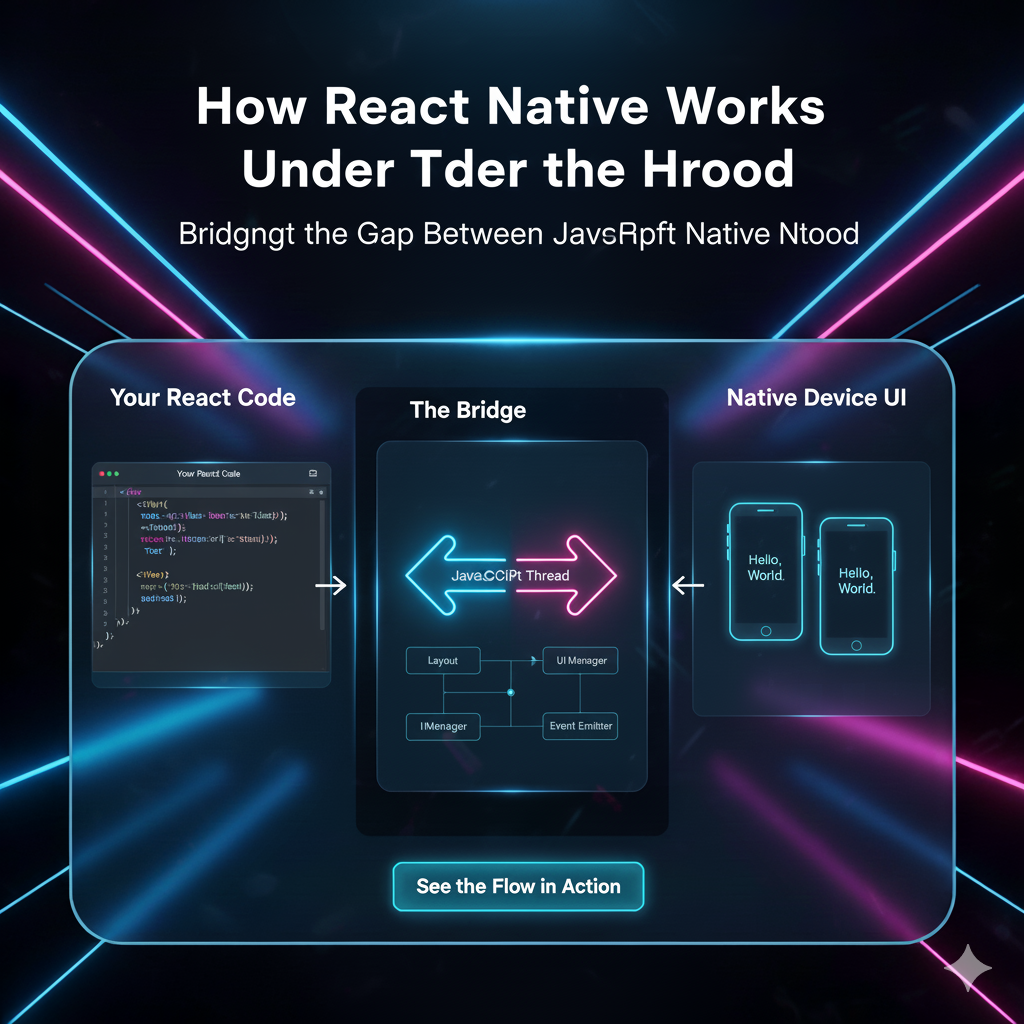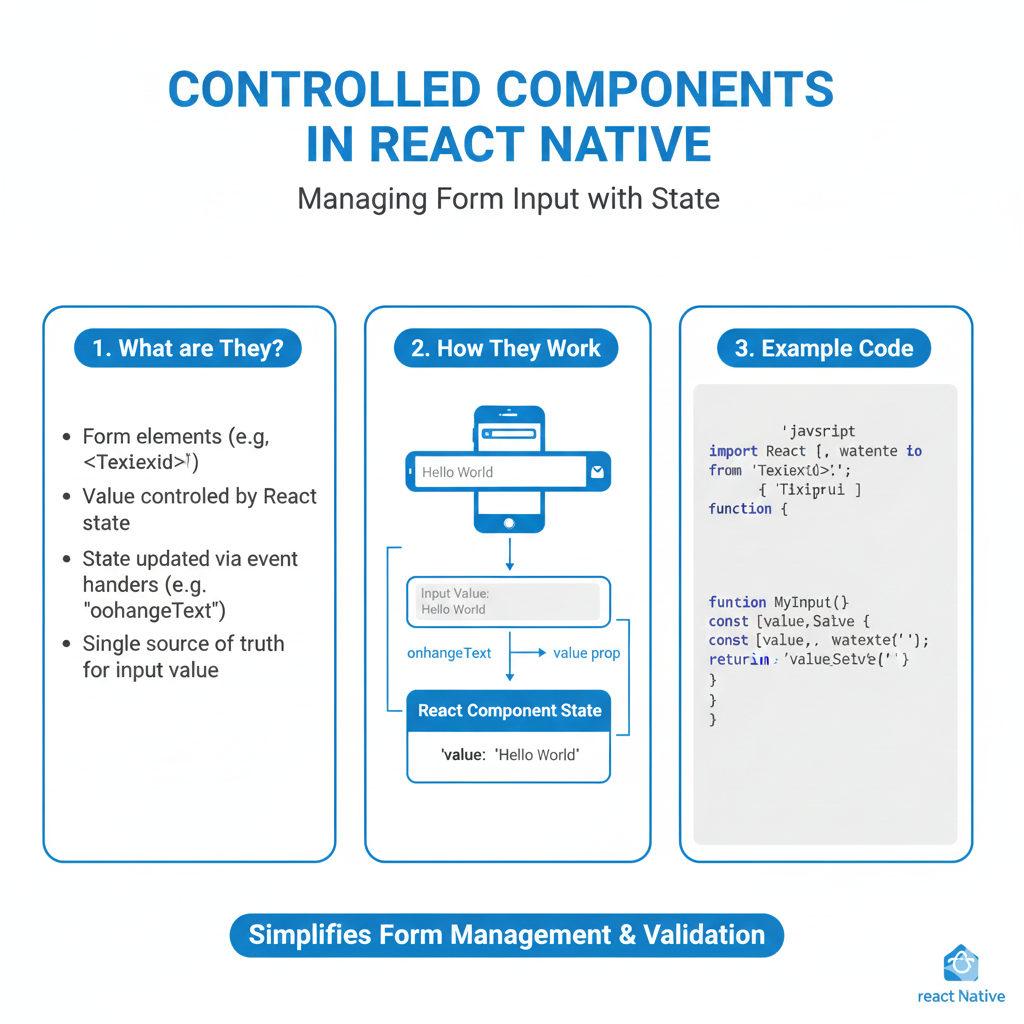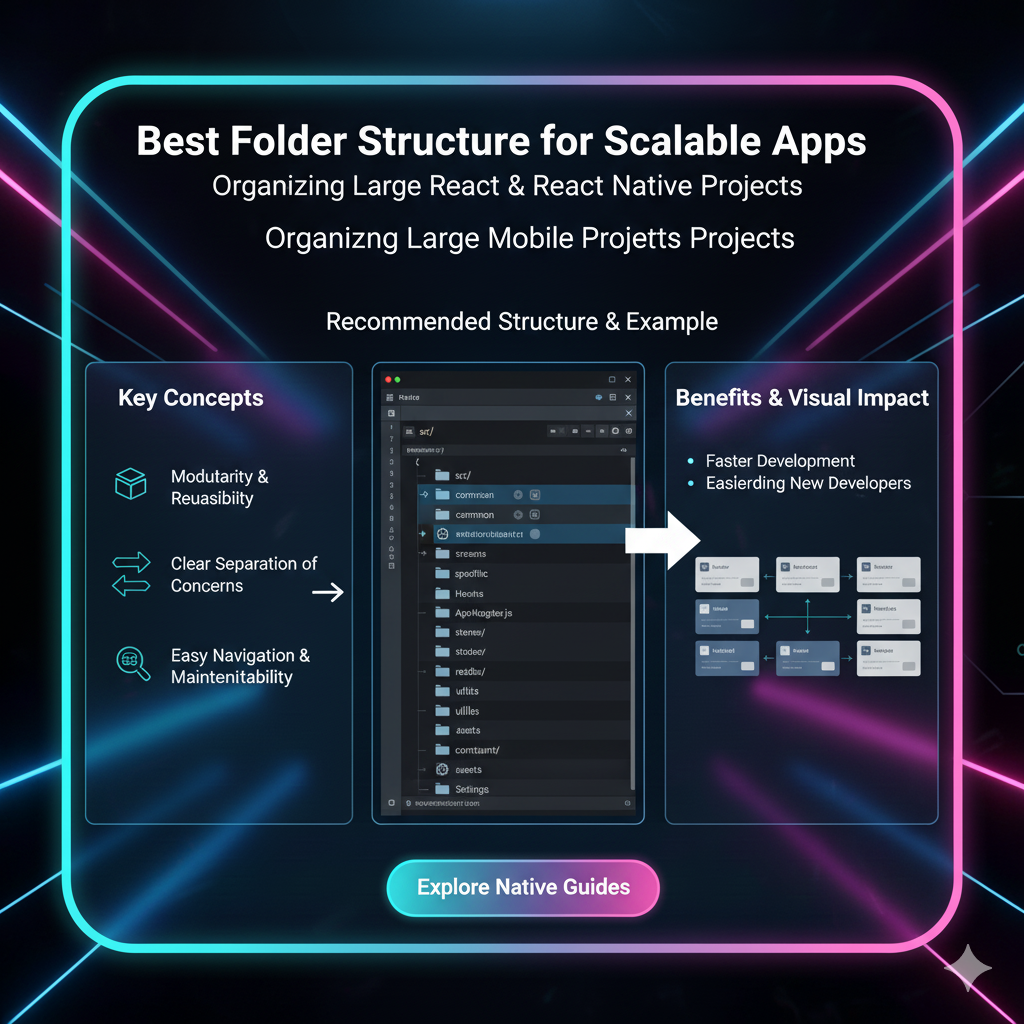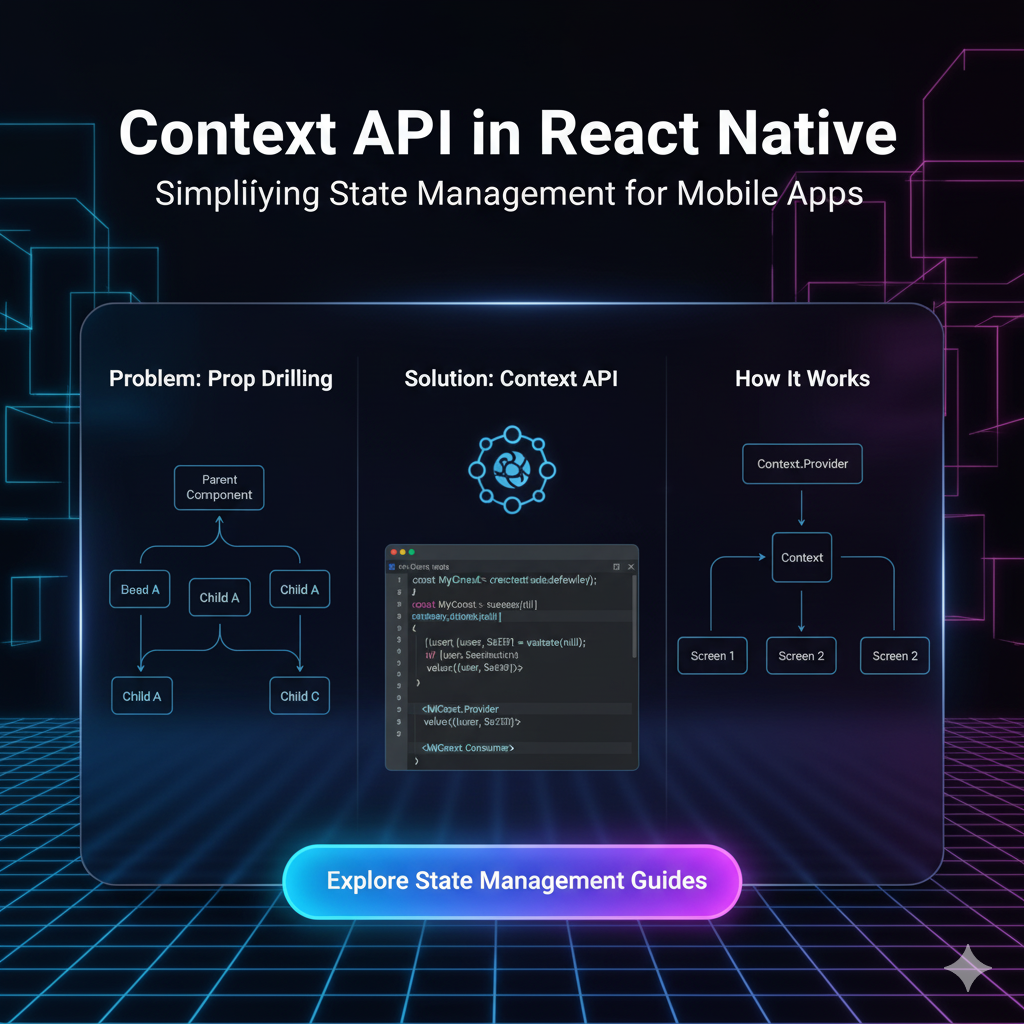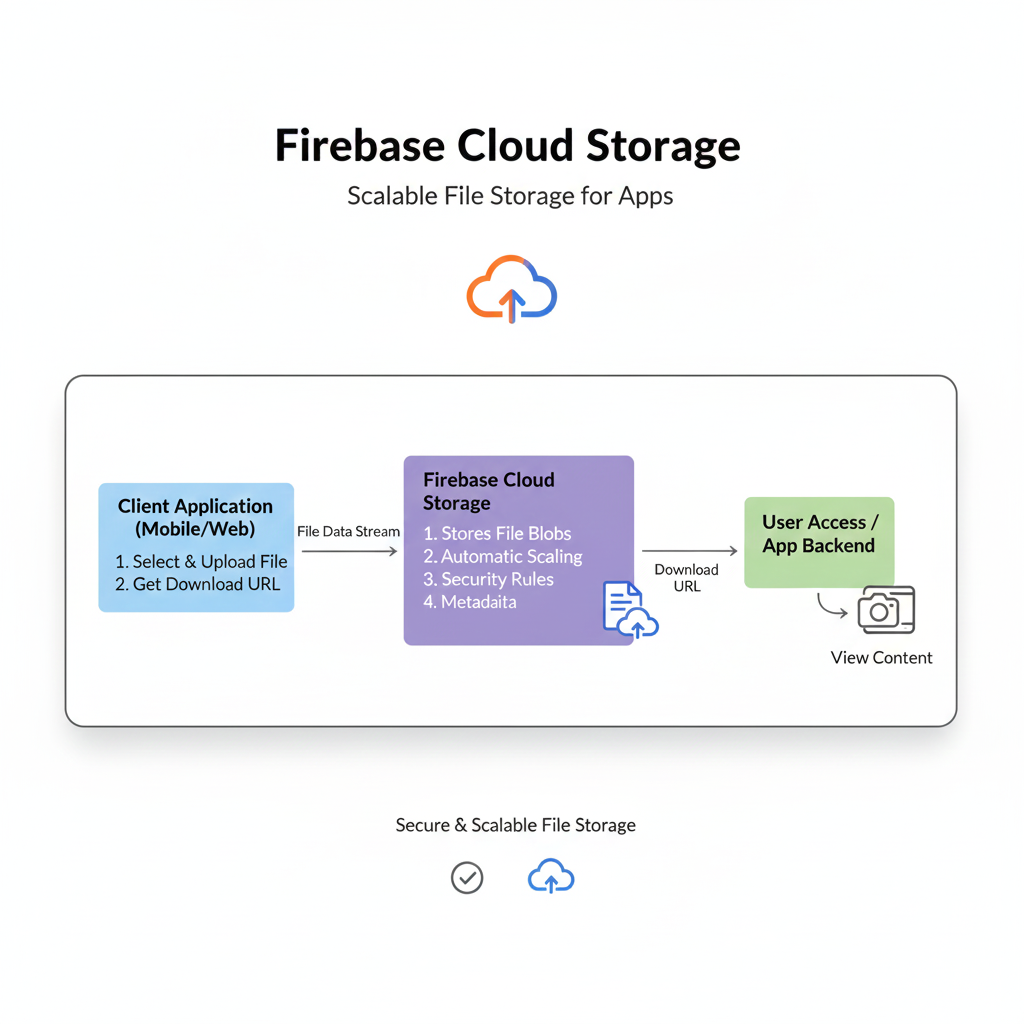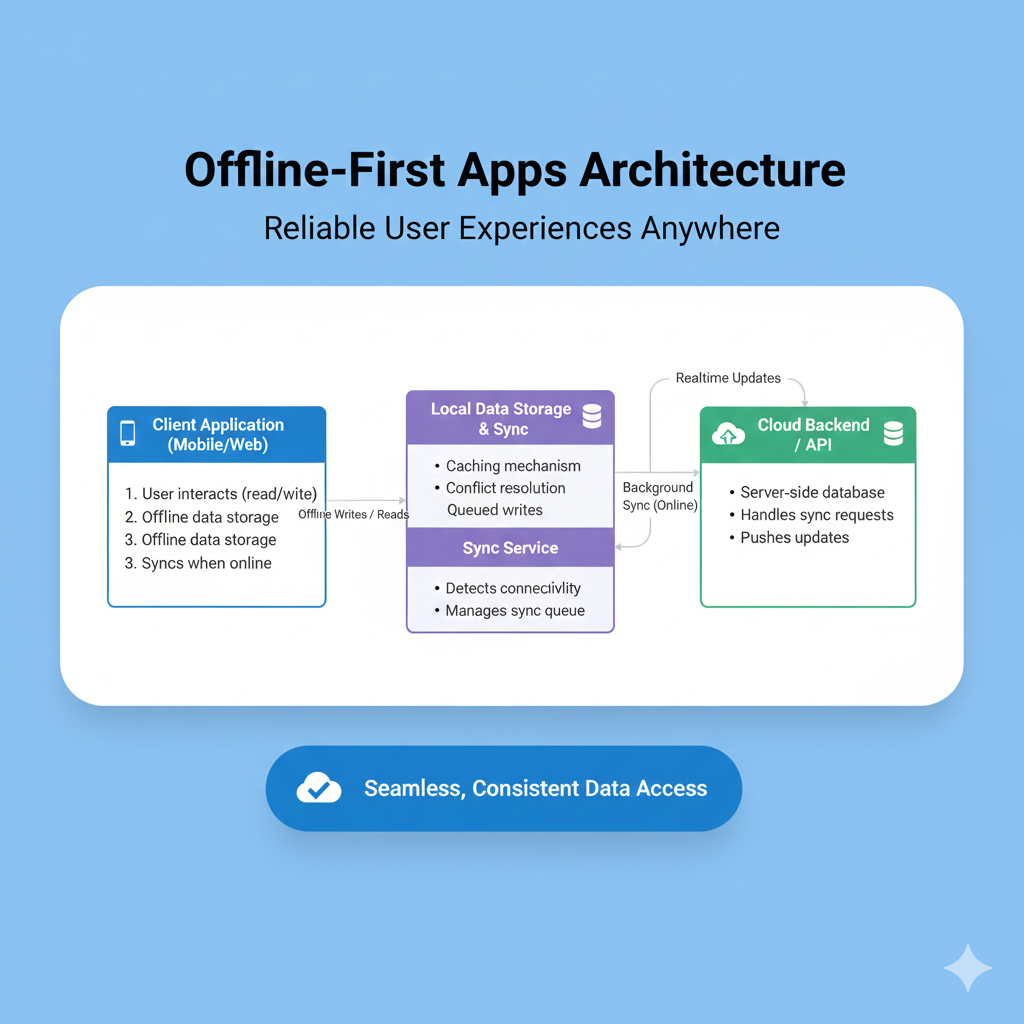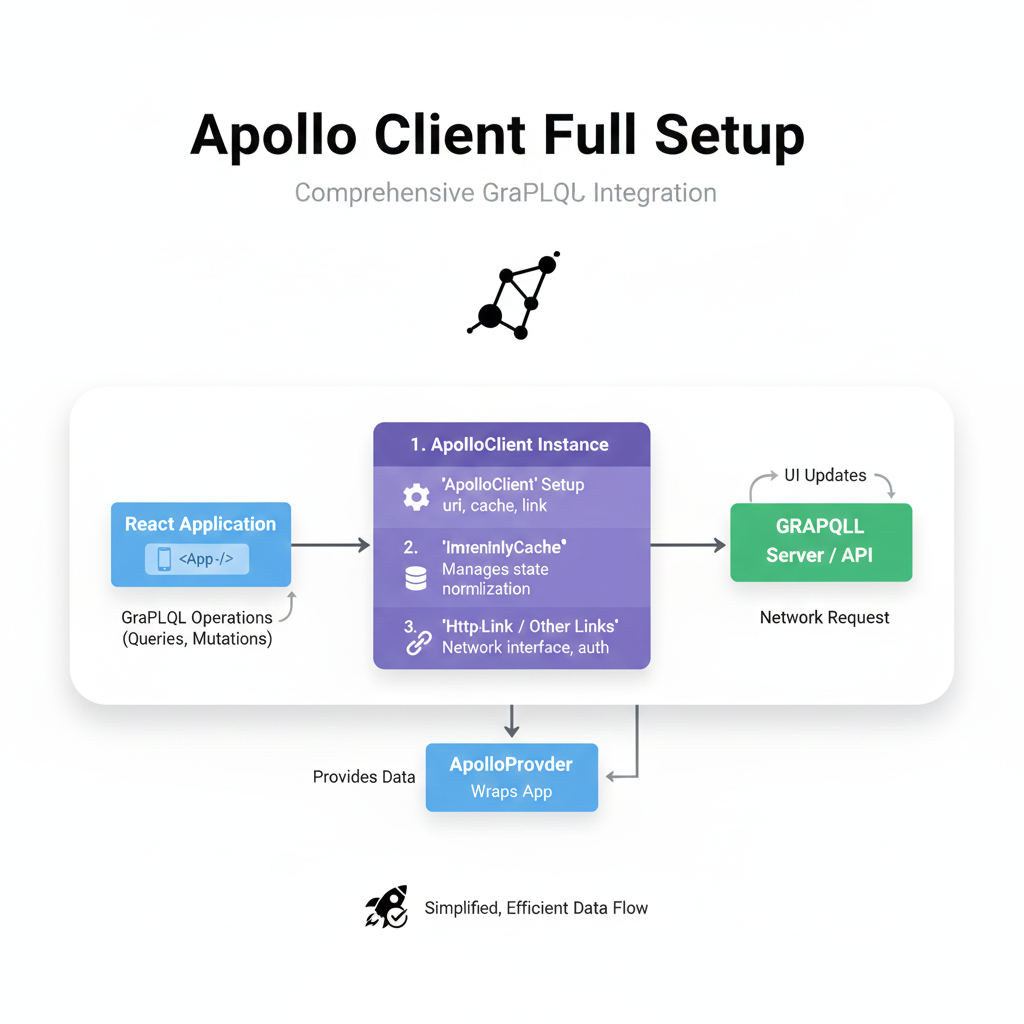Fetch vs. Axios in React Native: The Ultimate 2025 Guide for Developers
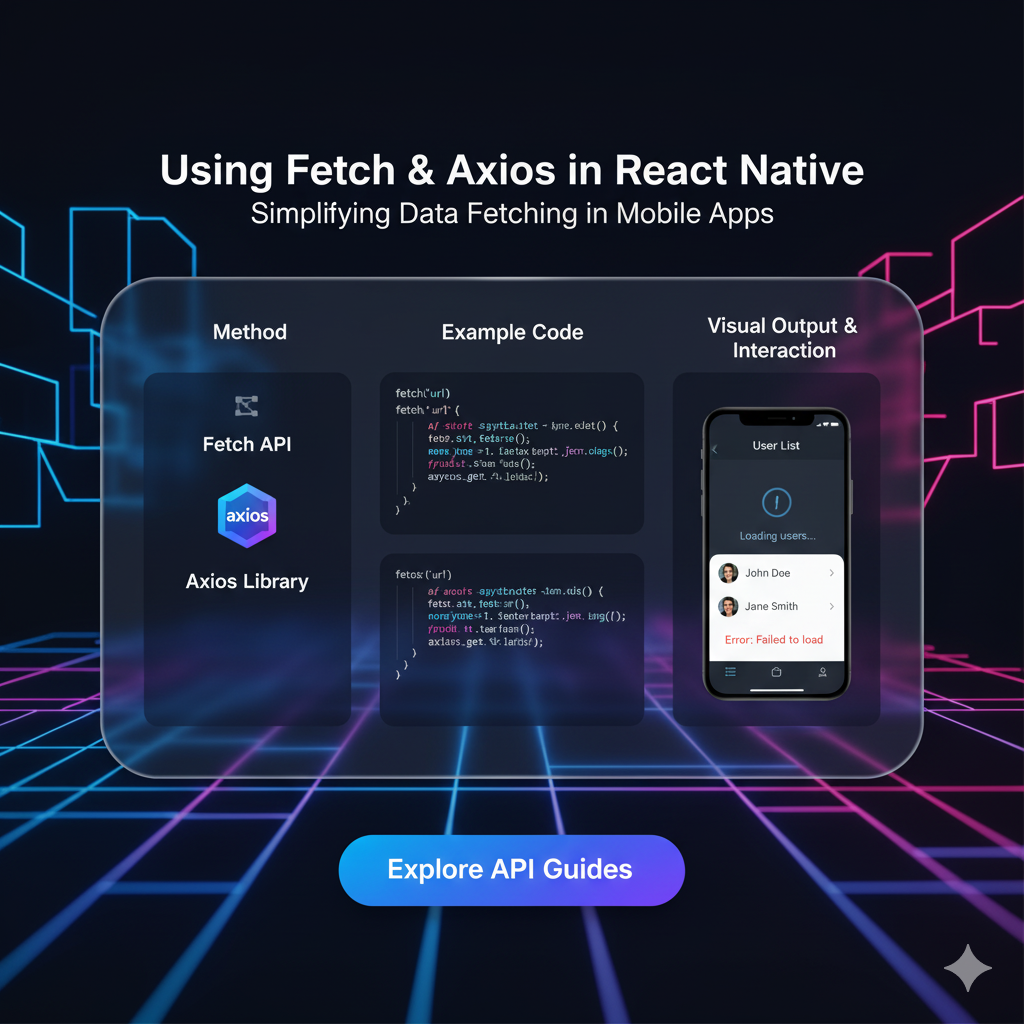
Struggling to choose between Fetch and Axios for your React Native app? This in-depth guide breaks down both with code examples, pros/cons, and best practices. Level up your mobile dev skills!

Fetch vs. Axios in React Native: The Ultimate 2025 Guide for Developers
Fetch vs. Axios in React Native: Which HTTP Client Deserves a Spot in Your App?
Let's be real. In the world of modern mobile apps, if you're not talking to a server, you're basically just building a fancy, static PDF. Whether it's loading your Instagram feed, sending a message on WhatsApp, or checking the weather, your React Native app needs to communicate with the outside world. This is where HTTP clients come in, and two names dominate the conversation: the built-in Fetch API and the super-popular Axios.
But which one should you use? Is Axios just Fetch with extra steps? Or does the native solution have hidden perks?
Hey folks! Today, we're settling the debate. We're going to dive deep into both Fetch and Axios, break down their code, compare their vibes, and help you decide which tool is the right fit for your next React Native project. No fluff, just the real-world info you need.
First Things First: What Are We Even Talking About?
Before we get into the code wars, let's get our definitions straight.
What is the Fetch API?
Fetch is a modern, native JavaScript interface for making HTTP requests. It's built right into the React Native environment (and modern browsers), so you don't need to install anything extra. It uses Promises, which makes it way cleaner than the old-school XMLHttpRequest.
The key thing to remember about Fetch is that it's minimalist. It gives you the basic tools to make a request and handle a response. It's like being given a set of high-quality chef's knives – powerful, but you need to know how to use them properly.
What is Axios?
Axios is a third-party, promise-based HTTP client for JavaScript. It's not built-in; you have to add it to your project using npm or yarn. Because it's a dedicated library, it comes packed with convenient features out of the box.
Think of Axios as a fully-stocked kitchen gadget. It's designed to make common tasks easier and faster, often automating the tedious parts for you.
The Code-Off: Fetch vs. Axios in Action
Enough theory. Let's see how they both handle common tasks. We'll create a simple function to fetch a list of users from a fake API.
1. Making a Simple GET Request
Using Fetch:
javascript
const fetchUsers = async () => {
try {
const response = await fetch('https://jsonplaceholder.typicode.com/users');
// The crucial part Fetch misses: automatic JSON parsing.
if (!response.ok) {
throw new Error(`HTTP error! status: ${response.status}`);
}
const users = await response.json(); // You HAVE to do this step
console.log(users);
return users;
} catch (error) {
console.error('Fetch failed:', error);
}
};Using Axios:
javascript
// First, you install it: npm install axios
import axios from 'axios';
const fetchUsersWithAxios = async () => {
try {
const response = await axios.get('https://jsonplaceholder.typicode.com/users');
// Axios automatically parses the JSON data for you.
// The data is directly available in `response.data`.
console.log(response.data);
return response.data;
} catch (error) {
// Axios also gives much more detailed error info.
console.error('Axios request failed:', error);
}
};First Impressions: Notice the key difference? With Fetch, you have to manually check if the response was OK (response.ok) and then manually convert the response to JSON (response.json()). Axios does both of these for you automatically. It's a small thing, but it adds up.
2. Making a POST Request
Now, let's create a new user.
Using Fetch:
javascript
const createUserWithFetch = async (userData) => {
try {
const response = await fetch('https://jsonplaceholder.typicode.com/users', {
method: 'POST',
headers: {
'Content-Type': 'application/json', // You MUST set this header
},
body: JSON.stringify(userData), // You MUST stringify the data
});
if (!response.ok) {
throw new Error('User creation failed');
}
const newUser = await response.json();
return newUser;
} catch (error) {
console.error(error);
}
};Using Axios:
javascript
const createUserWithAxios = async (userData) => {
try {
const response = await axios.post('https://jsonplaceholder.typicode.com/users', userData);
// That's it. Seriously.
// Axios automatically sets the 'Content-Type' header to 'application/json'
// and stringifies the `userData` object for you.
return response.data;
} catch (error) {
console.error(error);
}
};The Verdict: Axios is clearly more convenient here. It removes the cognitive load of remembering to set headers and stringify the body. It just figures it out.
Leveling Up: Real-World Use Cases & Advanced Features
Any dev can make a simple request. The real test is how these tools handle the messy, complex stuff.
1. Interceptors: The Superpower of Axios
This is, for many, the killer feature. Interceptors allow you to intercept requests or responses before they are handled by then or catch.
Why is this a game-changer?
Automatically Add Auth Tokens: Imagine you have to send an authentication token with every single request. Instead of manually adding it each time, you can set up a request interceptor.
javascript
// Add a token to every request axios.interceptors.request.use( (config) => { const token = await AsyncStorage.getItem('userToken'); if (token) { config.headers.Authorization = `Bearer ${token}`; } return config; }, (error) => { return Promise.reject(error); } );Global Error Handling: You can catch every single error in one place, like triggering a "Session Expired" modal if you get a 401 response.
javascript
// Handle errors globally axios.interceptors.response.use( (response) => response, (error) => { if (error.response?.status === 401) { // Redirect user to login screen navigation.navigate('Login'); } return Promise.reject(error); } );
Fetch doesn't have a built-in interceptor system. You'd have to wrap the Fetch function or create your own helper function, which is more work.
2. Request & Response Transformation
Axios lets you easily transform the data you send or receive. Need to modify the request body right before it's sent? Or clean up the response data? Axios's transformRequest and transformResponse config options have got you covered.
3. Timeouts and Cancellation
Both can handle timeouts, but Axios makes it simpler with a timeout config property. For request cancellation (useful if a user navigates away from a screen mid-request), Axios uses the CancelToken API (older) or the newer AbortController, which is the same standard that Fetch uses.
So, Why Would Anyone Still Use Fetch?
With all these Axios advantages, you might be wondering if Fetch is even relevant. It absolutely is.
No Additional Bundle Size: Axios is a library, so it adds to your app's bundle size (albeit a small amount, ~5KB). Fetch is built-in. For projects where every kilobyte counts, this matters.
It's the Standard: Fetch is a web standard. Learning it means you're learning a fundamental JavaScript skill that works in browsers and React Native.
Simplicity for Simple Projects: If your app only makes a couple of straightforward API calls, bringing in a whole new library might be overkill.
Best Practices: Don't Shoot Yourself in the Foot
Whichever you choose, follow these rules.
ALWAYS Use
async/awaitor Promises: Never get stuck in callback hell. Modernasync/awaitsyntax makes your code readable.ALWAYS Handle Errors: Network requests fail all the time. No internet, server down, CORS issues... Wrap your requests in
try/catchblocks.Use a Base Instance (Axios): Don't repeat yourself. Create a base Axios instance with your app's base URL and common headers.
javascript
const apiClient = axios.create({ baseURL: 'https://myapi.com/api/v1', timeout: 10000, });Secure Your Requests: Use HTTPS, don't hardcode API keys, and use interceptors to manage auth tokens securely.
FAQ Section
Q: Can I use Axios with React Native?
A: Yes, 100%. It's one of the most popular HTTP clients for React Native.
Q: Is Axios faster than Fetch?
A: In practical terms, the performance difference is negligible for most applications. The choice should be based on developer experience and features, not micro-optimizations.
Q: Does Fetch support progress updates for file uploads?
A: No, the standard Fetch API in React Native does not. Axios does have support for tracking upload progress, which can be a deciding factor if your app handles large files.
Q: Can I use interceptors with Fetch?
A: Not natively. You would have to create a wrapper function around Fetch to simulate this behavior.
Conclusion: So, What's the Final Verdict?
Alright, let's wrap this up.
Choose Axios if: You're building a complex application with many API calls. You want better error handling, convenient defaults, and the sheer power of interceptors for things like automatic authentication. The developer experience is just superior.
Stick with Fetch if: You're building a simple app, you're on a tight bundle size budget, or you simply prefer to work with native APIs without external dependencies.
For most serious, production-level React Native applications, Axios is the winner. The convenience, robust features, and cleaner code it enables are well worth the extra few kilobytes.
Feeling inspired to master not just HTTP clients, but the entire art of building modern, scalable applications? This is the kind of in-depth, practical knowledge we focus on at CoderCrafter.
We don't just teach you syntax; we teach you how to think like a software engineer. To learn professional software development courses such as Python Programming, Full Stack Development, and the MERN Stack, visit and enroll today at codercrafter.in. Transform your curiosity into a career!
